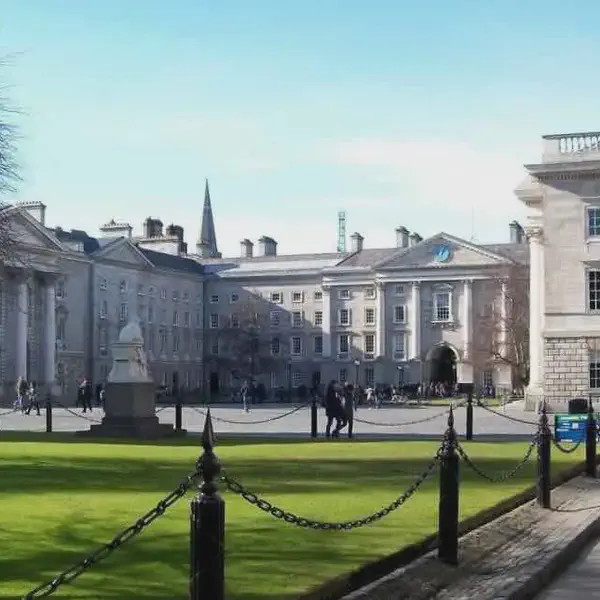
The Irish Convention
July 25, 1917
The Irish Convention was an assembly which sat in Dublin, Ireland from July 1917 until March 1918 to address the Irish question and other constitutional problems relating to an early enactment of self-government for Ireland, to debate its wider future, discuss and come to an understanding on recommendations as to the best manner and means this goal could be achieved.
It was a response to the dramatically altered Irish political climate after the 1916 rebellion and proposed by David Lloyd George, Prime Minister of the United Kingdom of Great Britain and Ireland, in May 1917 to John Redmond, leader of the Irish Parliamentary Party, announcing that “Ireland should try her hand at hammering out an instrument of government for her own people”
The first conference meeting was held on 25 July at Regent House, Trinity College Dublin, the chairmanship sought and won by Sir Horace Plunkett, attended by ninety-five delegates.
Elected general secretary was Lord Southborough, employed in the secretariat were Erskine Childers, Frank Cruise O’Brien and Dermot Coffey, all close to Sinn Féin.
Delegates came from a broad cross-section of Irish public life, fifty-two representing national interests.
In addition nine were Southern Unionists, twenty-four Ulster Unionists.
Thirty-two delegates were chairman of county councils, eight chairman of urban district councils. Fifty-three were Catholic, forty-two Protestant.
Nine-tenths of the representatives were Irish Party and Ulster Unionist Party members.